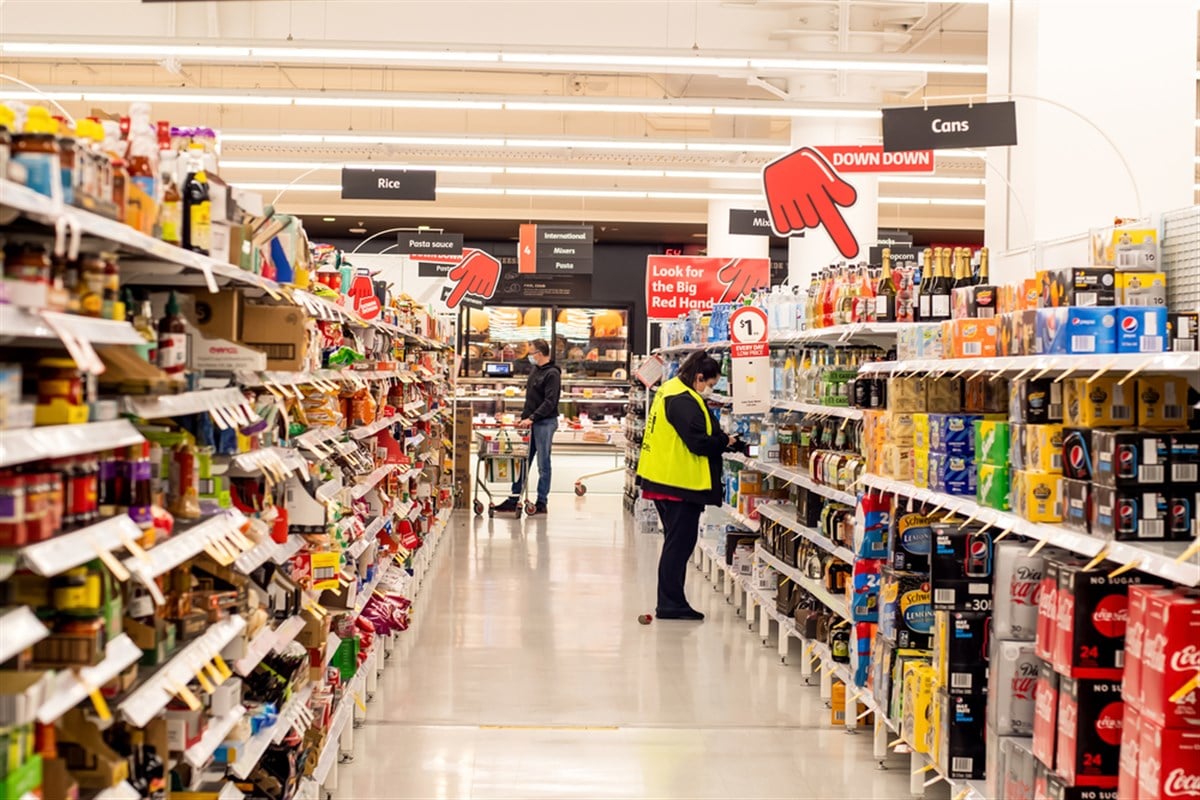
PepsiCo (NASDAQ: PEP) is one of the world's most well-known consumer staples companies. The firm reported Q2 2024 financial results on Jun. 11, 2024. Let’s first understand Pepsi’s operations and then compare these results to estimates. We’ll then examine the market reaction and provide some outlook.
PepsiCo’s Diverse Segments and Brands
Despite being generally known for its Pepsi soft drink, the firm operates several reportable segments aside from this. These include Frito-Lay North America (FLNA), Quaker Foods North America (QFNA), and PepsiCo Beverages North America (PBNA).
The Frito-Lay segment sells “branded convenient foods” such as chips and dips. This includes Cheetos, Doritos, and Lay's potato chips. The Quaker Foods segment also sells “convenient foods,” such as cereal and rice products. Brands include Cap’n Crunch, Life cereal, and Rice-A-Roni. The Beverages segment contains brands like Pepsi, Gatorade, and Mountain Dew. Pepsi sells its products through independent retailers and distributors.
The company also has four international segments, which account for the sales of all the products above in different geographies.
Investors might be surprised to hear that the FLNA segment accounted for 49% of non-GAAP operating profit in 2023. The beverages segment accounted for just 21%, despite being most widely known as a beverage company. The Latin America and Europe segments were the next largest, at 16% and 13% respectively.
PepsiCo Exceeds EPS Expectations but Faces Volume Challenges
Pepsi exceeded expectations on adjusted earnings per share (EPS), coming in at $2.28 versus consensus estimates of $2.16. However, it fell short of revenue estimates by $90 million, coming in at $22.5 billion. When it comes to individual segments, one standout was an 18% decline in revenues for the QFNA segment. Product recalls significantly harmed it. However, this was the smallest segment in 2023, leading to a minor effect on overall performance.
The expansion of both gross margin and operating margin was positive. The gross margin expanded by 120 basis points on a non-GAAP basis, while the operating margin increased by 103 basis points. Notably, the operating margin increased by 200 basis points in the beverages segment.
Organic revenue growth was 1.9%. Net pricing positively impacted net revenue by 5%, while organic volume dropped 3%. Organic growth accounts for growth not due to mergers or acquisitions, displaying improvements in internal operations instead. Organic revenue grew 13% in Q2 of 2023. The company grew EPS by 10% over the previous year, but growth decelerated from the 15% increase in Q2 of 2023.
The firm attributes this slowdown in growth to persistent inflation and higher interest rates, which have put more financial pressure on households. Indeed, growth in grocery store sales has plummeted. The figure reached as high as 3.6% in April 2023. Growth was 1.6% in April 2024, and advance numbers show growth of 1.3% in May 2024.
Pepsi’s rest-of-year guidance got a small downgrade. It expects “approximately” 4% organic growth, down from “at least” 4%. It projects to achieve adjusted EPS of $8.15 for the full year, one cent below analyst projections. This represents an increase of 7% from the previous year.
Market Reaction to PepsiCo and Outlook Post-Earnings Release
On the earnings release day, the market did not give Pepsi much credit. Shares were up just 0.22%. This is somewhat unexpected, given that the firm posted an earnings surprise of 5.6% and barely missed on revenue. Also, gross margins expanded by nearly 100 basis points, more than the average analyst forecast.
Negative guidance on organic growth likely dampened the firm’s outlook. Yet the firm did not lower its target for full-year adjusted EPS, showing that it doesn’t believe this will significantly impact profits. Increasing volumes again will help Pepsi achieve higher-than-expected future results. Given the recent lower-than-expected inflation data, help might be on the way.
According to the CME Group FedWatch tool, there is an 85% probability the Fed will cut rates by 25 basis points at the September meeting. This would help relieve financial pressure on Pepsi’s consumers, although the effect will take time to manifest.
Analysts have yet to update their price targets since the earnings release. However, updates made over the last 30 days average a target of $184. This implies an upside of 12%.